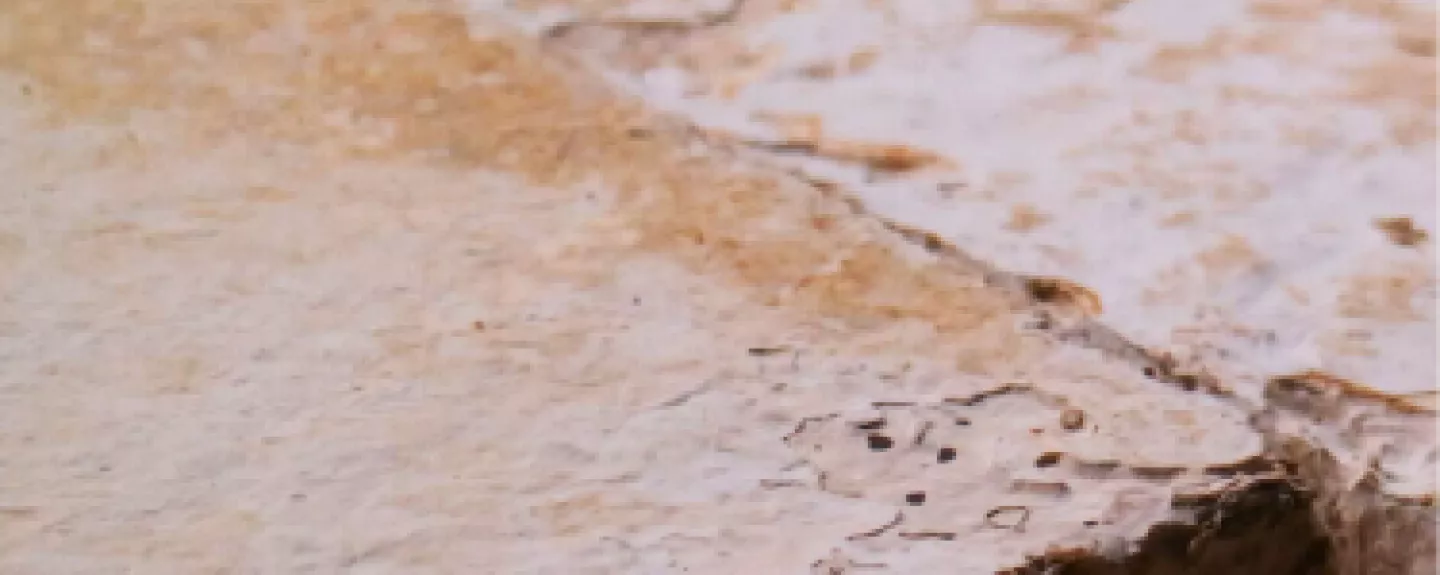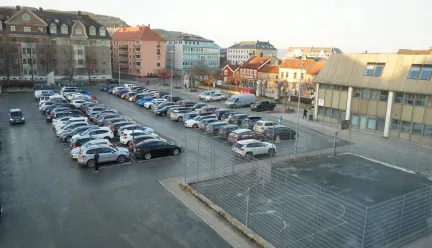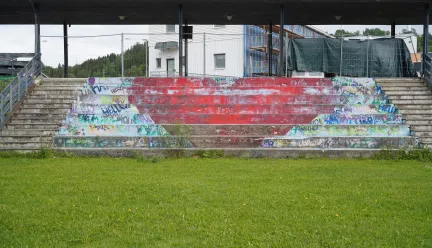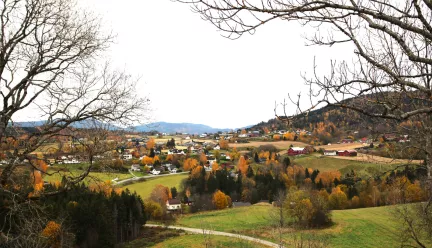Re-sourcing

We are living in a time of great change. Our planet and our societies are facing serious challenges, from climate change and pollution to social inequality and resource depletion. These crises are a wake-up call, urging us to rethink how we plan our cities and how we use our resources.
"Re-Sourcing" is a theme that invites us to look at everything around us with fresh eyes. It's about seeing the potential in our land, our existing buildings, our natural environment, and our communities. It's about recognizing the value and limitations of our regulations, our knowledge, and our skills.
Re-sourcing means being critical of our current practices, and approaching this broad definition of resources in a holistic manner to find creative and innovative ways to use all these resources to build a better future. It's about creating places that are sustainable, resilient, and just.
The Europan theme is a way of connecting the many different sites across Europe, and to create a shared point of departure.
Three Ways to Re-Source:
The sites in Europan 18 will be categorized in three main groups based on how their tasks relate to the main theme:
-
Working with Nature: We need to design our towns and buildings in ways that respect and work with nature. This means protecting our vital resources like water and air, and finding ways to adapt to challenges like floods and droughts.
-
Living Better Together: We need to create communities where everyone feels included and supported. This means designing spaces that foster connection, collaboration, and a sense of belonging.
-
Using Resources Wisely: We need to reduce waste and make the most of what we already have. This means reusing and repurposing existing buildings and materials, and choosing local, natural resources whenever possible.
Site scales
Each competition site in Europan is presented at two scales.
- Territorial Scale ("Reflection Site"): This broader scale (indicated by a red limit) will encompass geographical and ecological elements (topography, geology, natural resources), mobility patterns, and large-scale lifestyles. Mapping will be used to illustrate how these factors impact the project site currently and potentially in the future. The competitors must use this context to inform the project they propose on the project site, but can also propose interventions in the larger context if they think its necessary.
- Proximity Scale ("Project Site"): This scale will provide a detailed analysis of the existing conditions (physical space, nature, lifestyles) and the city's intentions for future development. This is the scale where competitors are expected to present their proposal for the site.
Questions for Competitors
The core challenge is to converge these three types of resources within project proposals. The intersection of these approaches will generate a spectrum of resilient projects that address resource scarcity and site vulnerability.
Key questions to consider:
- What innovative design strategies can adapt to climate change impacts such as rising water levels, air pollution, and drought?
- How can projects regenerate and remediate soils, making them more porous and biodiverse to enhance livability within built spaces?
- What new dynamic and productive use scenarios can revitalize communities of humans and non-humans?
- How can we develop a new materiality for spaces using bio-based materials sourced primarily from local resources, within a circular economy framework?
- How can project teams effectively integrate diverse skills necessary for projects that combine natural elements, new lifestyles, and bio-based materials?
- What scales of intervention are most relevant? How can a project on a proximity site connect to reflections on the larger territory? Should urban projects also be illustrated at a proximity scale to demonstrate their impact?
The sites
-

Trondheim
Make a proposal for a new extroverted art museum and with it, a new public space that can help…
-

Roa
Repurpose a former school grounds into a vibrant village centre: integrating housing, services and…
-

Nome
Create concepts and visions for a circular mineral park that challenges existing typologies of…